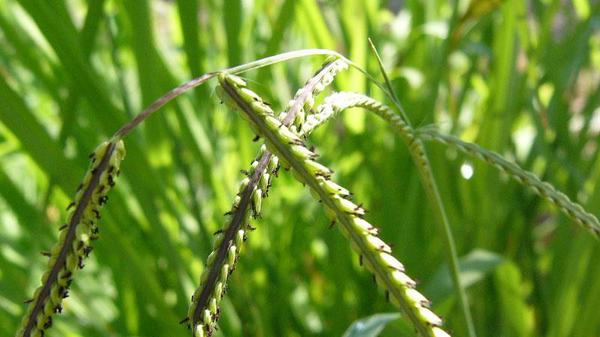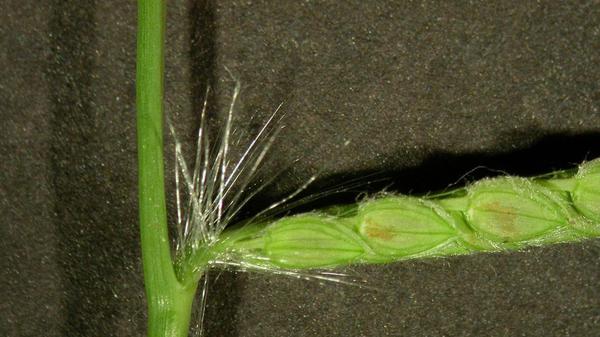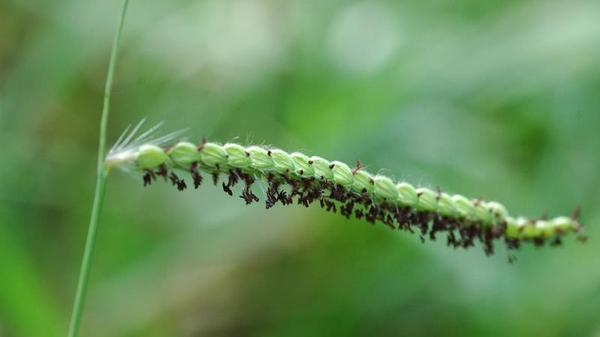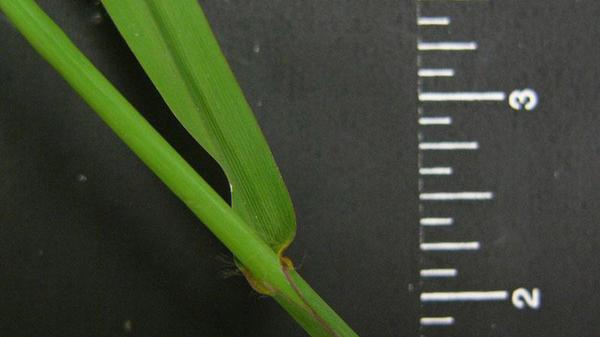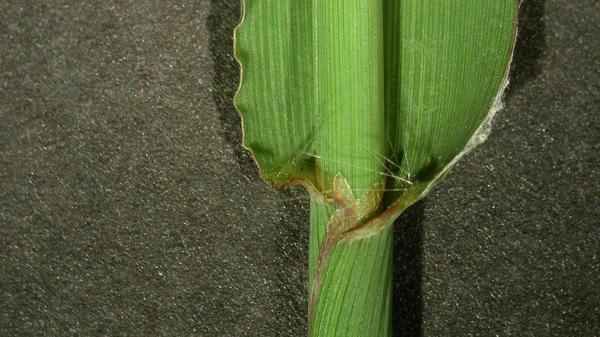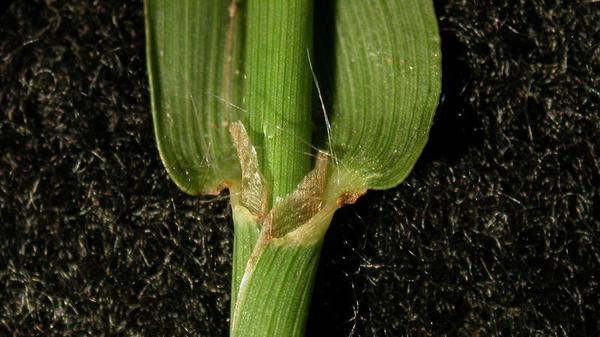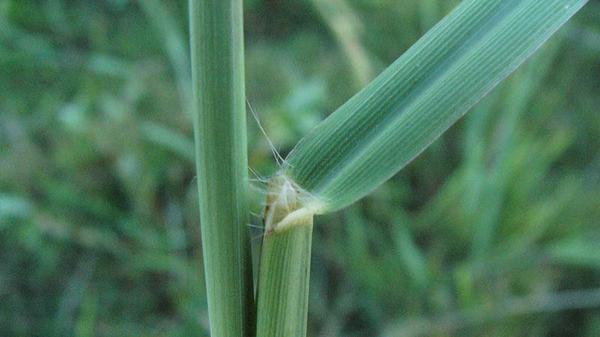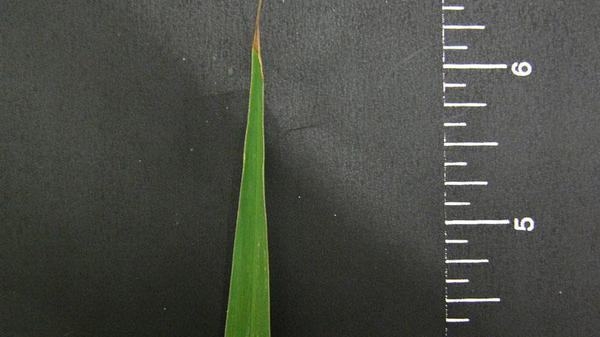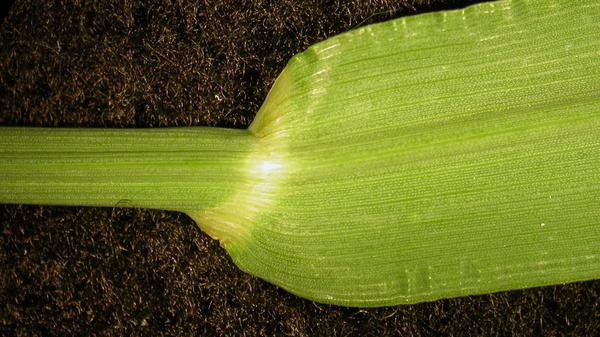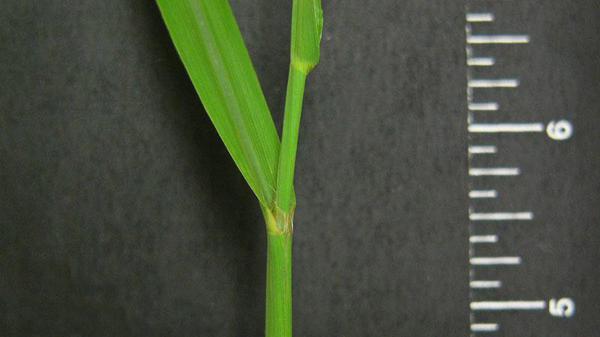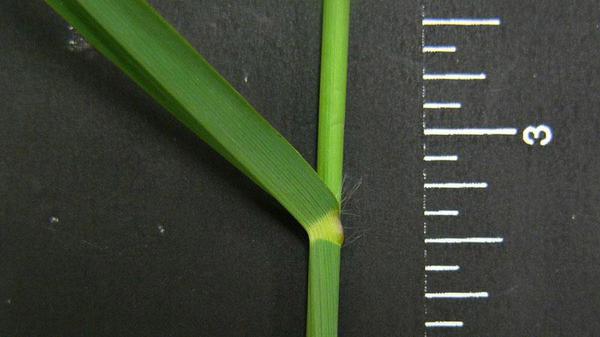Description
Dallisgrass (Paspalum dilatatum), field paspalum (Paspalum laeve), and thin paspalum (Paspalum setaceum Michx.) are common perennial weeds in turf, and are some of the more difficult-to-control weeds. All three species resemble each other very closely, and field paspalum and thin paspalum are often mistakenly called dallisgrass. Thin paspalum has a glossier, more shiny leaf when young than dallisgrass. Dallisgrass leaf appearance is very similar to crabgrass, which is a dull green appearance.
Cultural Control
Dallisgrass, like other perennial paspalums, is one of the more difficult-to-control weeds in turfgrasses. Perennial grass weeds such as dallisgrass are not desirable as turfgrass species under any conditions. Therefore, every effort should be made to prevent these weedy grasses from becoming established in turf, as selective control measures are usually difficult. Maintaining a dense, healthy turf year round by proper mowing and fertilization helps prevent encroachment and weed establishment.
Species Data
- SEEDHEAD / FLOWER
- VERNATION TYPE
- leaves rolled in the bud
Figure 5
- leaves rolled in the bud
- LIGULE TYPE
- GROWTH SEASON / LIFE CYCLE
- perennial weed
- AURICLE TYPE
- LEAF BLADE TIP SHAPE
- sharp-pointed; flat, sharply creased, not hairy or with a few hairs at base, hairs behind ligule, edges smooth or rough
Figure 10
- sharp-pointed; flat, sharply creased, not hairy or with a few hairs at base, hairs behind ligule, edges smooth or rough
- LEAF BLADE WIDTH
- 0.28 - 0.6 inches (7 - 15 mm) wide
- STOLON PRESENCE
- absent
- RHIZOME PRESENCE
- present; occasional and very short
- COLLAR TYPE
- SHEATH MARGIN
- split with overlapping margins
- SHEATH TYPE
- flattened; sheath is not densely hairy, often has long hairs near base of plant; slightly creased
Publication date: Nov. 8, 2017
Recommendations for the use of agricultural chemicals are included in this publication as a convenience to the reader. The use of brand names and any mention or listing of commercial products or services in this publication does not imply endorsement by NC State University or N.C. A&T State University nor discrimination against similar products or services not mentioned. Individuals who use agricultural chemicals are responsible for ensuring that the intended use complies with current regulations and conforms to the product label. Be sure to obtain current information about usage regulations and examine a current product label before applying any chemical. For assistance, contact your local N.C. Cooperative Extension county center.
N.C. Cooperative Extension prohibits discrimination and harassment regardless of age, color, disability, family and marital status, gender identity, national origin, political beliefs, race, religion, sex (including pregnancy), sexual orientation and veteran status.

